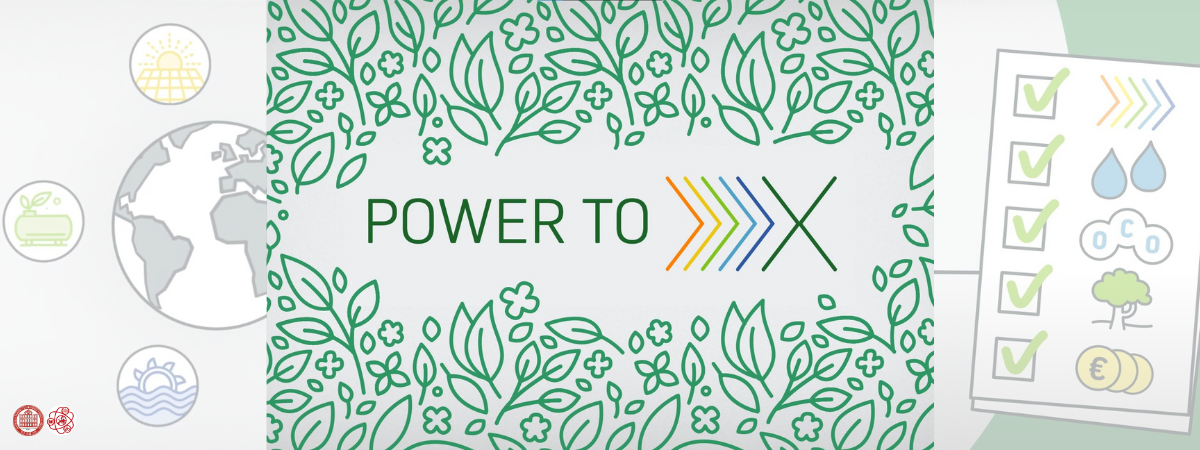In the fight against climate change, Germany is betting on its national hydrogen strategy. One of the projects is the nationwide Power-to-X project.
“Power-to-X” refers to a number of technologies by which renewable energy can be converted into other energy sources, such as, for example, hydrogen. This technology can be used in high-emission sectors such as transport and industry, making them safer for the climate.
Power-to-X is a general term for a number of storage and conversion pathways that use excess electricity from renewable energy sources, typically solar and wind. “X” means the type of energy into which the excess electricity is converted. These are usually gases, liquids or heat.
Wind and solar energy are the main pillars of these plans, but hydrogen plays an additional role. This is seen as a way to ensure the large-scale integration of renewable energy sources into the energy grid; as a means of energy distribution between sectors and regions and as a storage buffer to increase the stability of the system. Wind and solar energy require large-scale energy storage to compensate for short-term and seasonal imbalances. Thanks to the procedures involved, this is best achieved by converting excess electricity using various Power-to-X concepts.
Among other things, the Power-to-X team develops concepts for the optimal operation of hydrogen filling stations and tests ways to economically ignite and support the operation of industrial furnaces.

